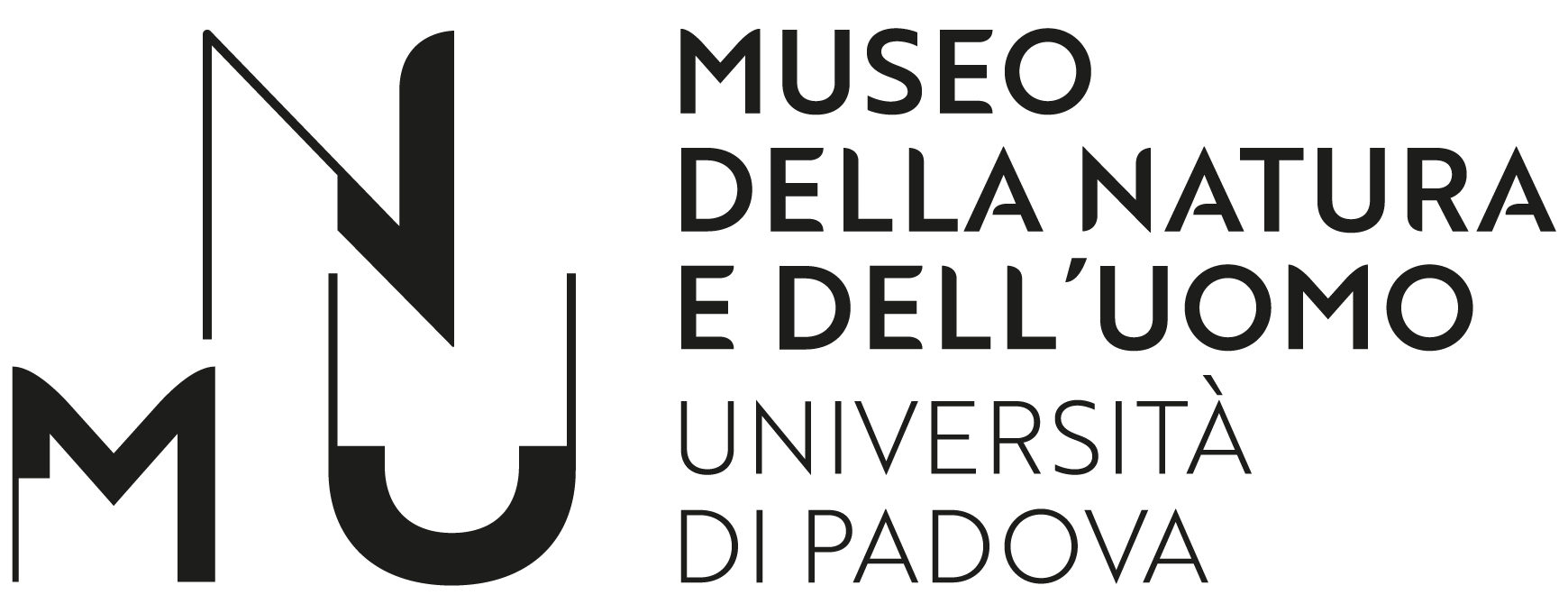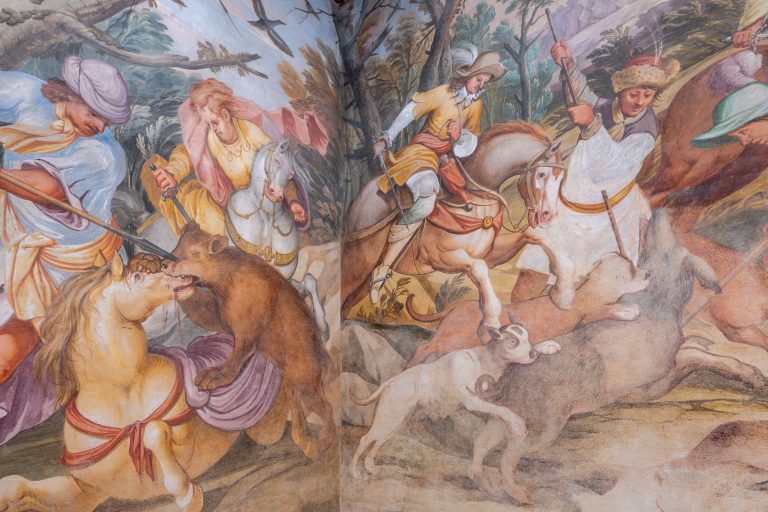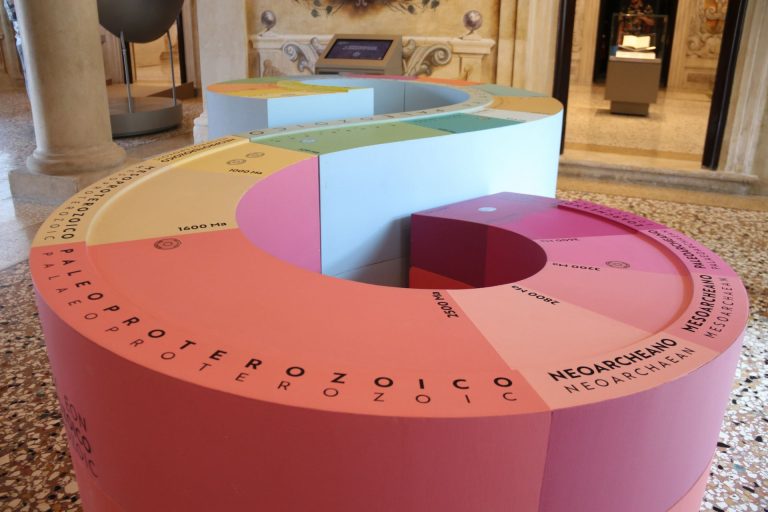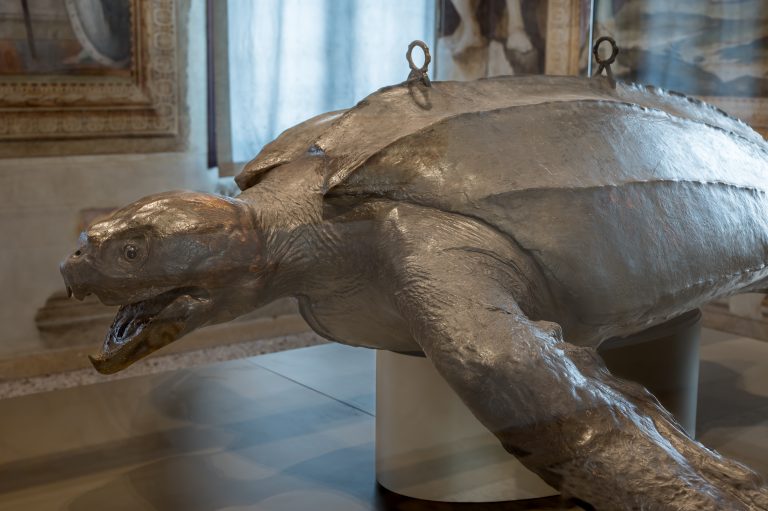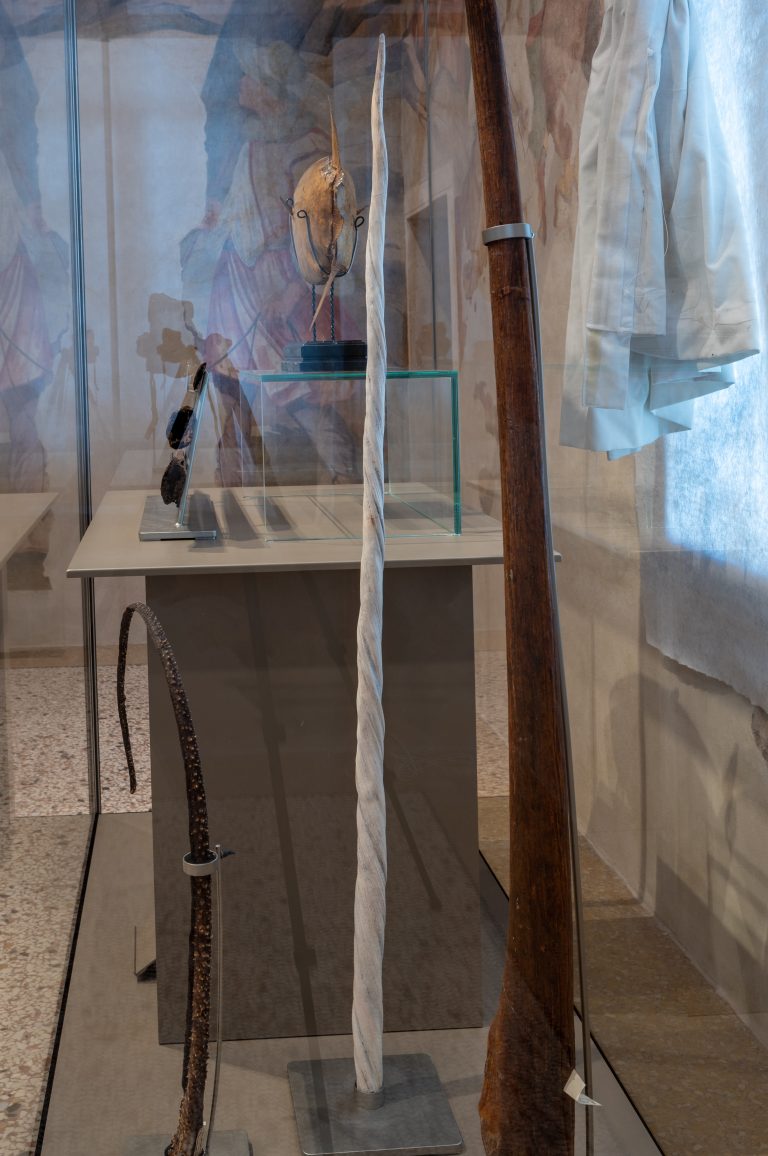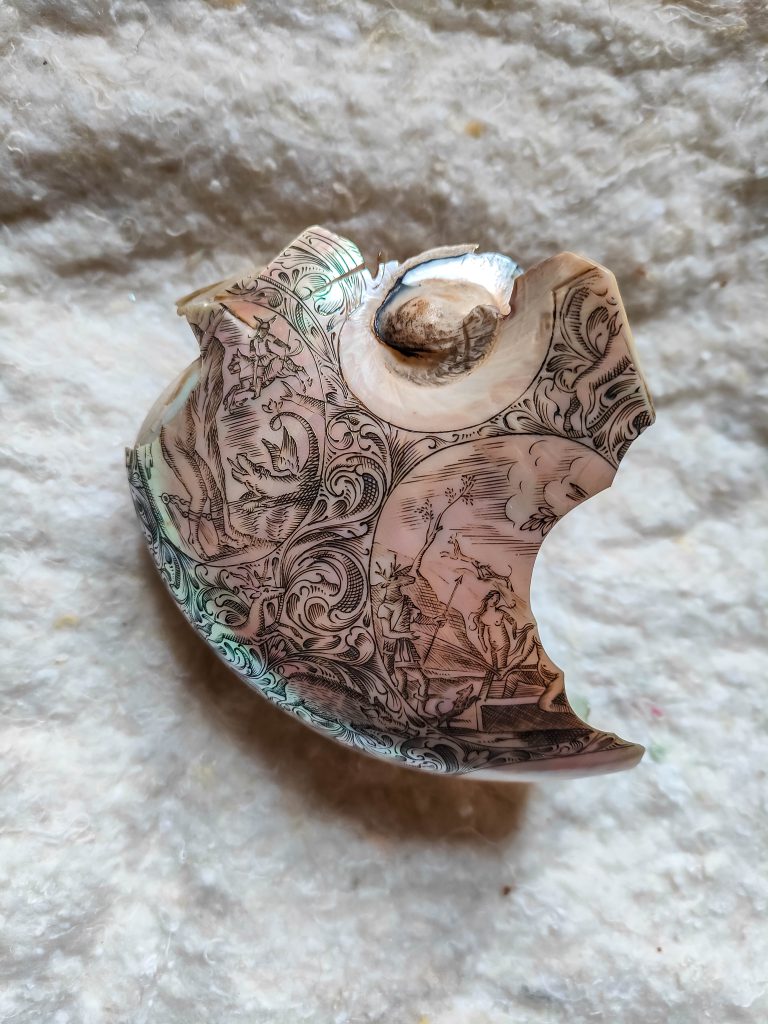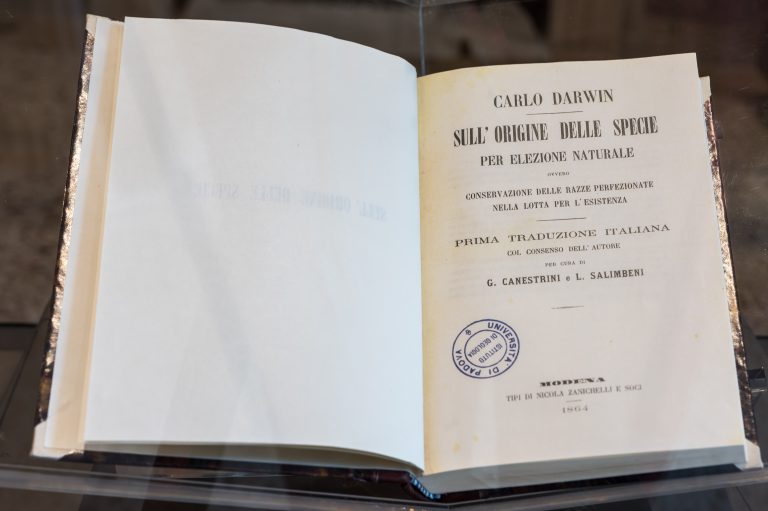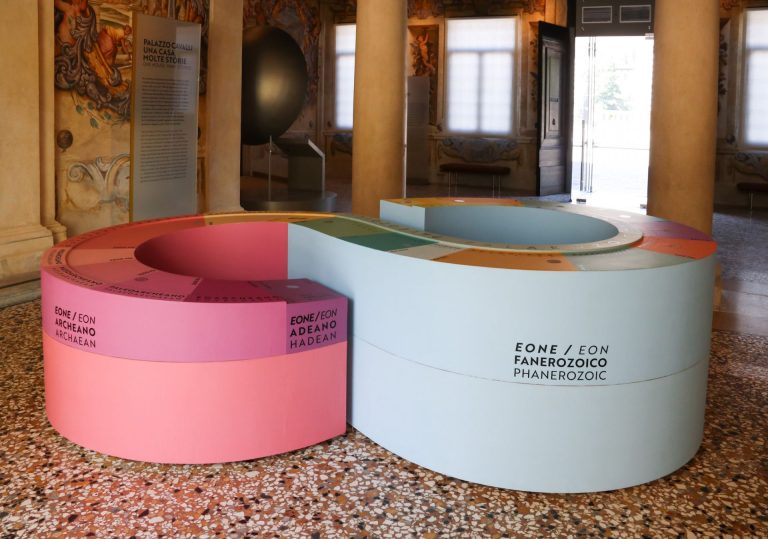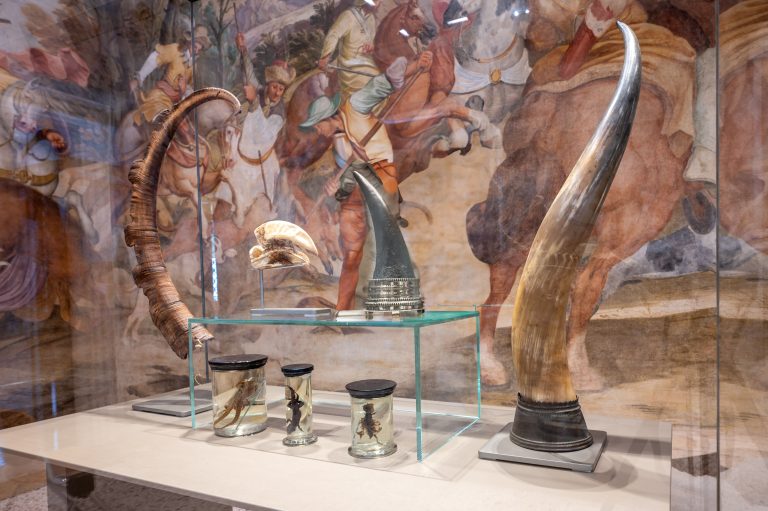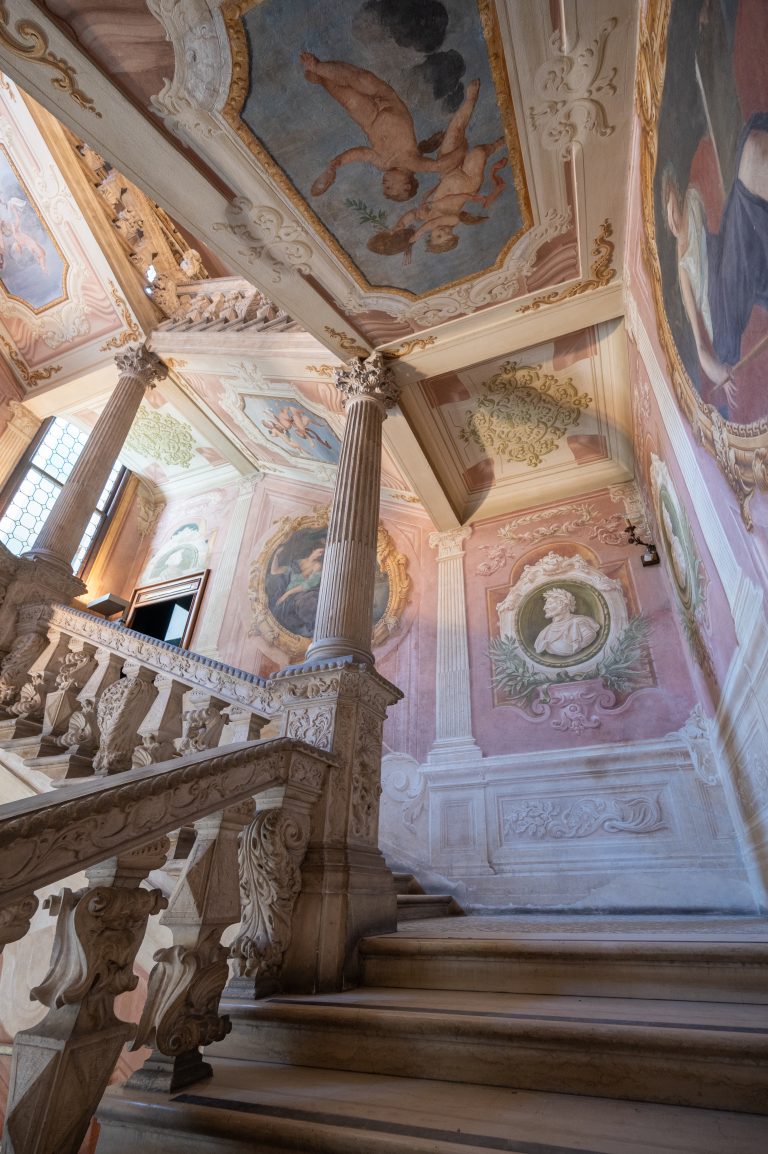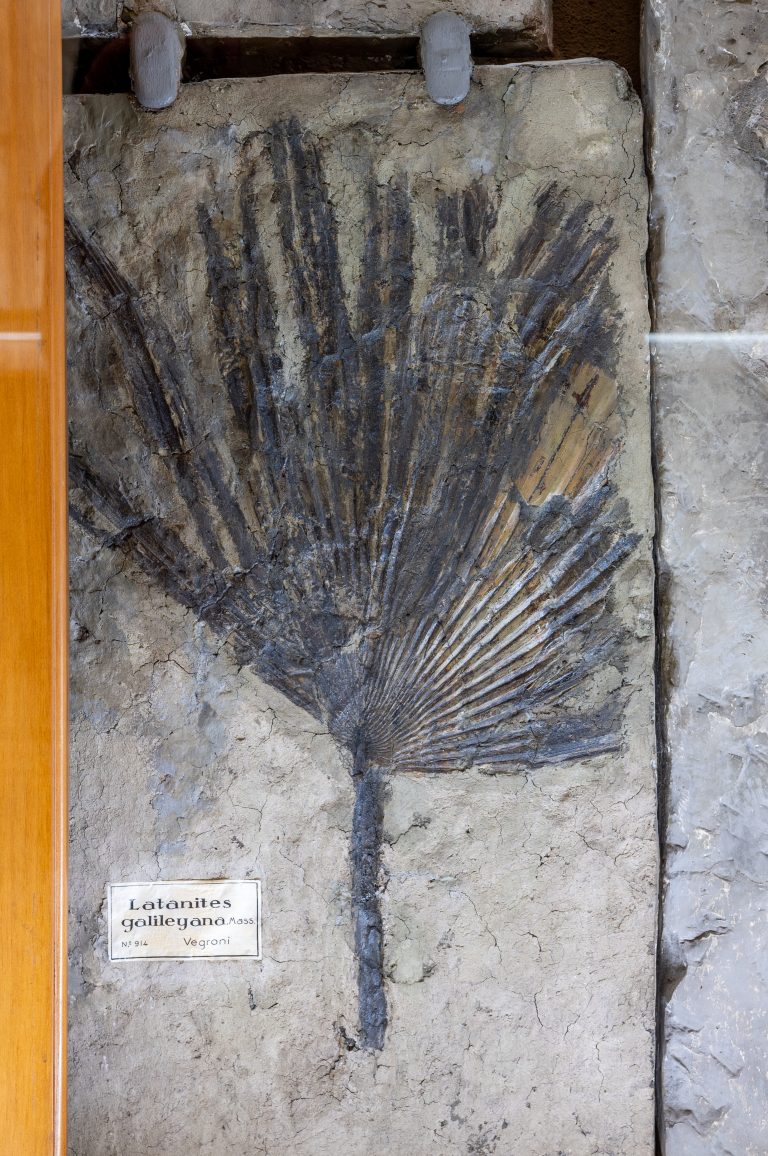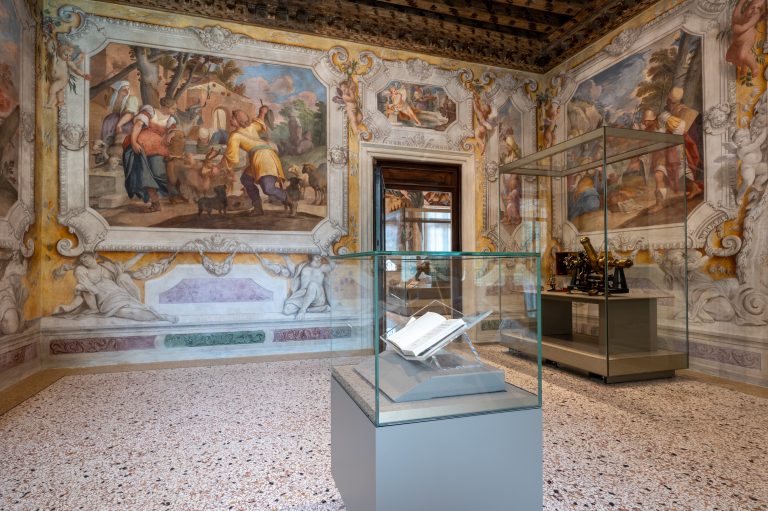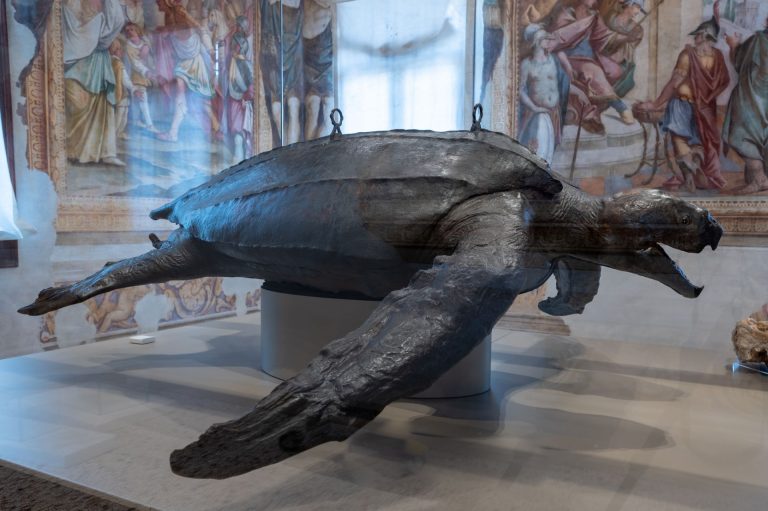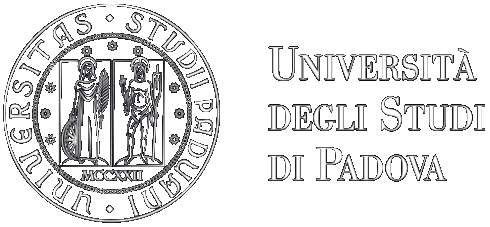The Museum of Nature and Humankind is a casket full of precious treasures, but the casket is in fact a treasure in itself.
Entering the Museum means discovering wonders within a wonder: the splendid frescoed halls of the sixteenth-century Palazzo Cavalli accompany visitors on a journey through time and space, where a select yet significant display of objects recounts the biographies, the adventures and the research of the naturalists and collectors who through time contributed to make Padua collections renowned the world over.
Time is the first dimension we delve into: the time of the palazzo; the time of its artefacts; the time of the visitors who travel these halls; the time when a flower blooms or an egg hatches; the time of the planet on which we take our steps, of its formation and geological history; the time of the universe surrounding us…
The concept of time, in all its fascinating facets and in particular in geological terms, is one of the main guiding threads of the tour; one which it is possible to explore interactively through an area of the exhibition shaped, unsurprisingly, like the symbol of infinity – infinity intended as the space in which we move in our quest for knowledge, and hence as the space of the museum, and of the universe beyond. Infinity in space can also be experienced through two further areas of exhibition that take the visitor from humankind to infinity and from humankind to the atom: the journey has begun!
The origins of the Museum take us back to the 1700s, a time which saw the shift from the idea of wunderkammer, or wonder chamber, with fascinating finds such as the decorticated nautilus shells at the base of the staircase, to that of scientific museum, established for study purposes.
The first collections date back to the medical scientist, naturalist and biologist Antonio Vallisneri (1661-1730), and were then donated by his son and namesake to the University of Padua. Among these ancient and surprising exhibits are a narwhal tooth and the great leatherback sea turtle, one of the symbols of the Museum.
This first immersion into the study of the planet through the eyes of its past explorers culminates in the magnificent Palm Tree Hall, whose spectacular historical setting is further enriched by a multimedia narration of the evolutionary history of plants.
The theme of evolution, another cornerstone of the tour, is also introduced in these historic halls by the presence of the very first translation into Italian of Darwin’s “On the Origin of Species”, by Giovanni Canestrini.
